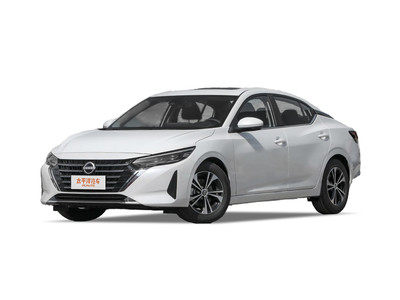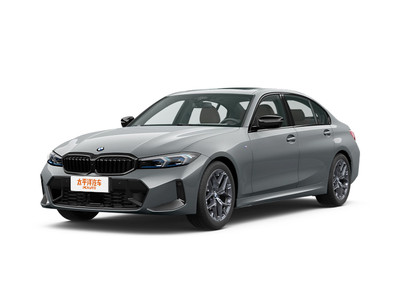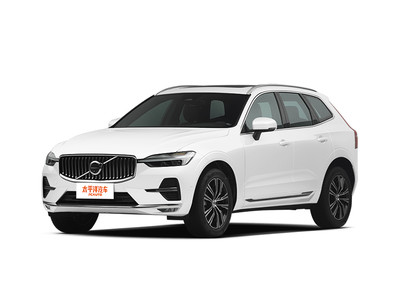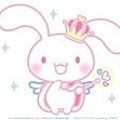Which models of Roadking are most popular?
Which models of Roadking are most popular?
Roadking is a term that might refer to a specific brand or type of vehicle.
To determine the most popular models, several factors need to be considered.
First, look at the vehicle's performance. Models with powerful engines, smooth handling, and good fuel efficiency tend to be more popular. For example, those with advanced engine technologies that provide both power and economy are often preferred.
Second, design plays a crucial role. Stylish and modern exteriors, comfortable and ergonomic interiors, and ample storage space make a model more appealing. Models that combine aesthetic appeal with functionality are likely to top the popularity list.
Third, safety features are highly valued. Advanced safety systems like collision avoidance, lane-keeping assist, and blind-spot monitoring enhance a model's popularity.
Also, brand reputation and customer service matter. Brands known for quality, reliability, and good after-sales support tend to have more popular Roadking models.
In conclusion, to find the most popular Roadking models, one should assess their performance, design, safety features, and the brand's overall reputation and service.








